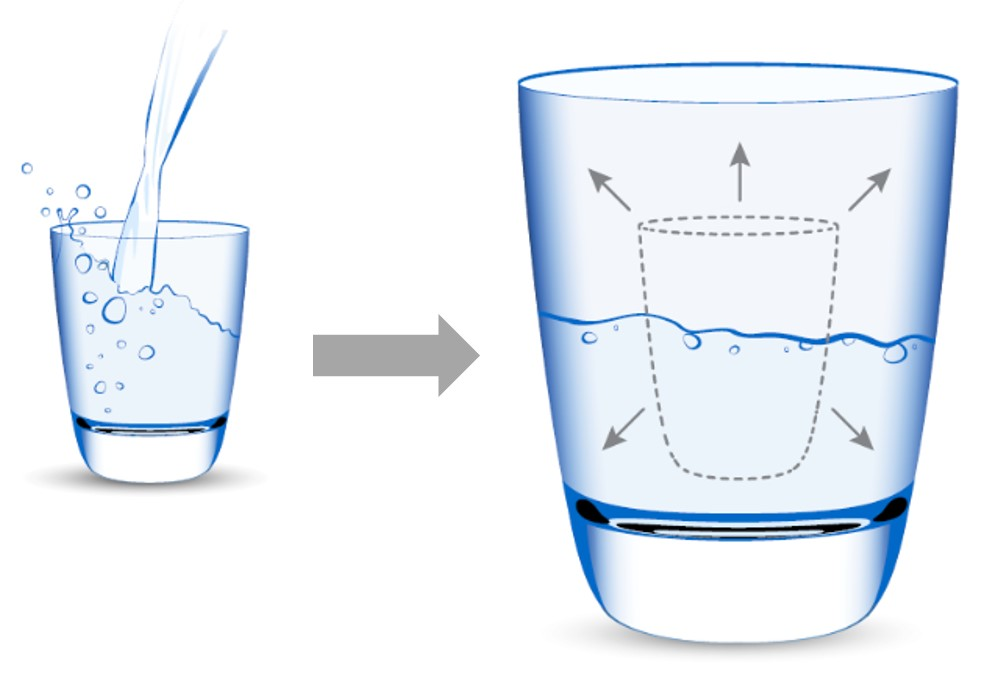
MINDSHIFT and Vertical Development
CLOSING THE DEVELOPMENTAL GAP
Change and development can be hard; it involves habit change after all. For example, when seriously at-risk cardiac patients were told they would die if they did not change their habits, eat less, and exercise more, less than 15 percent were able to make the changes. If the threat of death isn’t enough motivation to make someone change, what is?
This phenomenon plays out in many arenas, including leadership programs where managers learn new tools, techniques and models. They commit to making big changes back at work, and yet when they return to their workplace they quickly fall into the same old habits they had before. Most leaders know what they should be doing; but what they lack is the personal development to do it.
Many think that good leadership development simply means getting better at what we do (i.e. acquiring more skills and knowledge). However true development isn’t just about learning new things (adding things to the ‘container’ of the mind), it’s about transformation — changing the way we know and understand the world (changing the actual form of our ‘container’).
Horizontal development is about adding more knowledge, skills and competencies. Vertical Development is about transforming a person’s thinking capability. The outcome of vertical development is the ability to think in more complex, systemic, strategic and interdependent ways.
Horizontal Development vs. Vertical Development
MINDSHIFT is our unique brand of vertical development. Although grounded in academic research, MINDSHIFT is thoroughly field-tested with leaders at all levels of an organization - both individually and in teams.
We stood on the shoulders of giants to create this model. It sits at the intersection of many paths of inquiry and thought*:
The powerful integration of leadership literature into the Universal Model of Leadership™ (a.k.a. the Leadership Circle) by Bob Anderson and Bill Adams.
David D. Burns, psychiatrist and professor emeritus in the Department of Psychiatry and Behavioral Sciences at the Stanford University School of Medicine, leader in the field of Cognitive Behavioral Therapy (CBT) and author of the bestselling book Feeling Good: The New Mood Therapy.
Jim Dethmer, Diana Chapman and Kaley Klemp of the Conscious Leadership Group, whose brilliant whiteboard animation introduces people to their ‘inner world,’ and provides the method to grab anyone’s attention.
Robert Fritz, who first distinguished between Creative and Reactive Orientations, and developed a methodology for working with the structural patterns in play in people’s lives (e.g., Structural Conflicts and Macrostructural Patterns).
The ground-breaking work of Harvard University Professors, Bob Kegan and Lisa Lahey, and their Immunity to Change Model.
David Rock, and the contribution of the NeuroLeadership Institute, who made accessible insights into how our brain works.
We continue to field-test, innovate and evolve our model and methods to further optimize the impact for our corporate clients.
*NOTE: the order is alphabetical, and all are significant.
“Back in the early 80s, I took part in a pilot in Toronto for one of the early Leadership and Mastery programs (Peter Senge, Charles Kiefer and Robert Fritz). It helped propel my development. I am enjoying seeing the thinking of these early pioneers in vertical development surfacing again today in MINDSHIFT, in a more integrated way!”
“MINDSHIFT really simplifies the concepts of vertical development. I love the thinking of [thought leaders], yet their academic language can really get in the way of understanding these powerful concepts. MINDSHIFT’s distillation, visuals and everyday language make it so very user friendly.”
Making Theory Come Alive
Have you ever thought, “…amazing theory, but what does it actually look like in reality?”
Watch this video and witness one of our clients bring life to one of the most important concepts of transformation.



